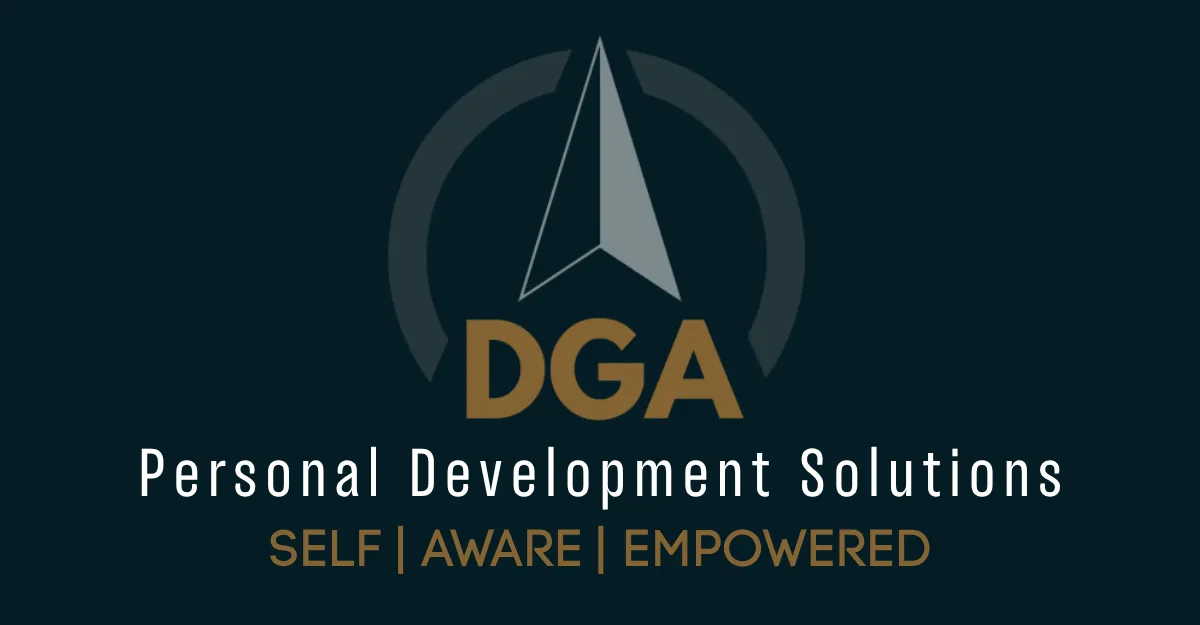The Next Move

🏠✈️ Stop the Awkward Silence: The Conversation Tool Every New Realtor Needs
Have you ever experienced an Awkward Silence? Here is a strategy to overcome and have great conversations. ...more
Relationships
November 28, 2025•6 min read

The Confidence Trap - Why New Realtors Feel Overwhelmed
Confidence Trap: Why new realtors feel overwhelmed. Learn how to uncover your core, unique strengths to find authentic, lasting success in sales. ...more
Donners Thoughts ,Strategic Thinking &Relationships
November 18, 2025•7 min read

Feeling Overwhelmed? Your Real Estate Business Might Have a "Hidden Root" Problem
Feeling stuck? A massive problem in my garden taught me how to conquer the "hidden roots" of overwhelm in your new real estate business. ...more
Strategic Thinking
November 10, 2025•6 min read

Stop Guessing, Start Connecting: A Realtor's Guide to Client Buying Styles
Feeling disconnected from clients? Learn the 4 buying styles (DISC) to adapt your sales approach, build trust, and close more deals authentically. For new realtors. ...more
Relationships ,Sales Ehancement
October 16, 2025•5 min read

The 3 Behaviors That Sabotage Sales (And How to Overcome Them)
Are you putting in the work but not seeing results? The biggest hurdles in sales aren't in the market; they're inside your own head. Learn to overcome the fear, distraction, and procrastination that a... ...more
Sales Ehancement
October 11, 2025•6 min read

How Understanding DISC Theory Can Enhance Your Sales and Relationships
Learn how DISC theory can boost your sales effectiveness and enhance your relationships with clients and colleagues. ...more
Sales Ehancement
May 17, 2025•5 min read
The Realtor's Compass
🏠✈️ Stop the Awkward Silence: The Conversation Tool Every New Realtor Needs
Have you ever experienced an Awkward Silence? Here is a strategy to overcome and have great conversations. ...more
Relationships
November 28, 2025•6 min read

The Confidence Trap - Why New Realtors Feel Overwhelmed
Confidence Trap: Why new realtors feel overwhelmed. Learn how to uncover your core, unique strengths to find authentic, lasting success in sales. ...more
Donners Thoughts ,Strategic Thinking &Relationships
November 18, 2025•7 min read

Feeling Overwhelmed? Your Real Estate Business Might Have a "Hidden Root" Problem
Feeling stuck? A massive problem in my garden taught me how to conquer the "hidden roots" of overwhelm in your new real estate business. ...more
Strategic Thinking
November 10, 2025•6 min read

Stop Guessing, Start Connecting: A Realtor's Guide to Client Buying Styles
Feeling disconnected from clients? Learn the 4 buying styles (DISC) to adapt your sales approach, build trust, and close more deals authentically. For new realtors. ...more
Relationships ,Sales Ehancement
October 16, 2025•5 min read

The 3 Behaviors That Sabotage Sales (And How to Overcome Them)
Are you putting in the work but not seeing results? The biggest hurdles in sales aren't in the market; they're inside your own head. Learn to overcome the fear, distraction, and procrastination that a... ...more
Sales Ehancement
October 11, 2025•6 min read

How Understanding DISC Theory Can Enhance Your Sales and Relationships
Learn how DISC theory can boost your sales effectiveness and enhance your relationships with clients and colleagues. ...more
Sales Ehancement
May 17, 2025•5 min read


